Quantum technology could benefit from us finding less spooky ways to describe the weird phenomena on which they’re based, argue Robert P Crease, Jennifer Carter and Gino Elia.


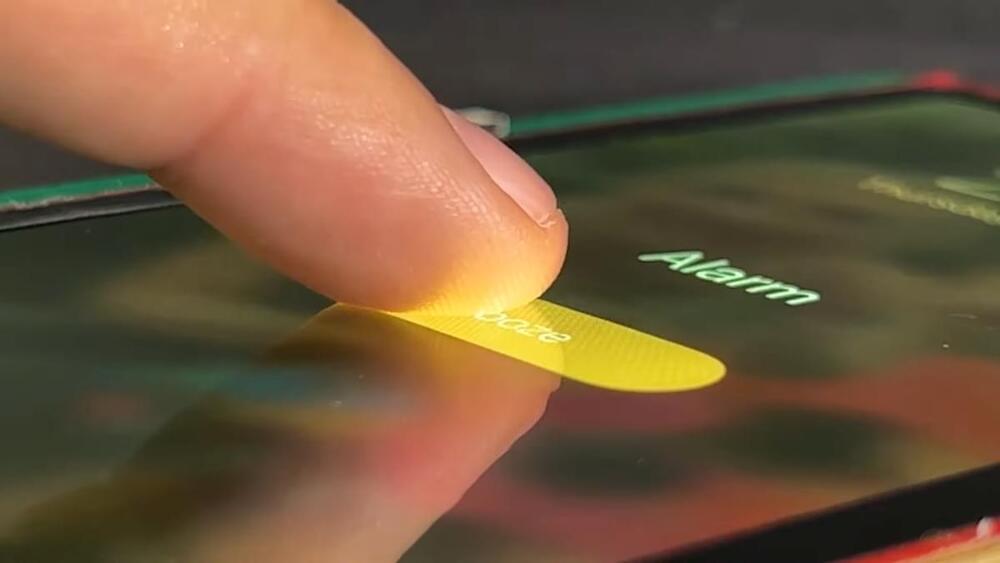
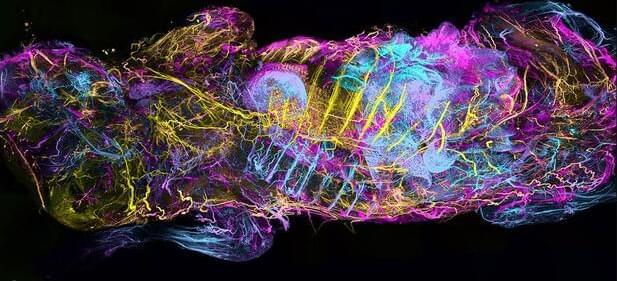


Mind control.
Peter Gabriel — We Do What We’re Told / Milgram’s 37
(Extended CubCut)
complete The Wave rearView:
German(Deutsch)
https://odysee.com/@derjapango:6/Die-Welle-_rearView_:a.
https://www.bitchute.com/video/F5iByojrFRxm/
English. Version.
https://odysee.com/@thelonewolfCub: d/The-Wave-_rearView_:0
Odysee INVITE link https://odysee.com/$/invite/@thelonewolfCLUB:1
(thanks for your support)
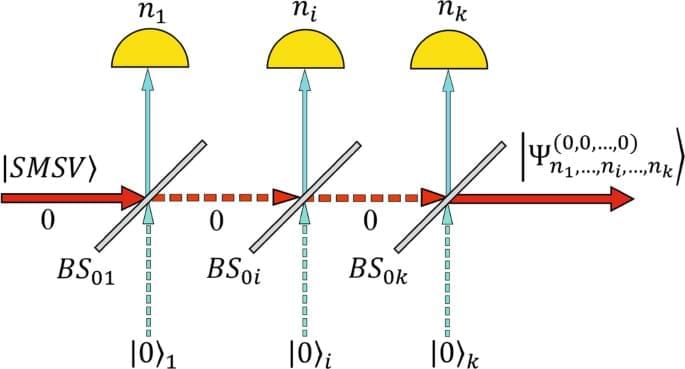
We present an algorithm of quantum engineering of large-amplitude $$\ge 5$$ high-fidelity $$\ge 0.99$$ even/odd Schrödinger cat states (SCSs) using a single mode squeezed vacuum (SMSV) state as resource. Set of $$k$$ beam splitters (BSs) with arbitrary transmittance and reflectance coefficients sequentially following each other acts as a hub that redirects a multiphoton state into the measuring modes simultaneously measured by photon number resolving (PNR) detectors. We show that the multiphoton state splitting guarantees significant increase of the success probability of the SCSs generator compared to its implementation in a single PNR detector version and imposes less requirements on ideal PNR detectors.
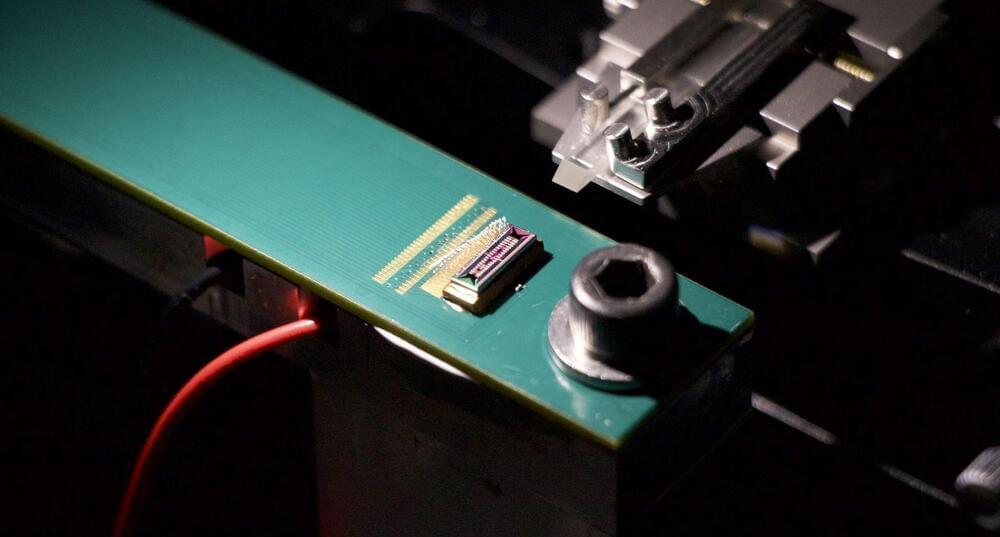
Cryptocurrency mining is only accessible to those with access to highly discounted energy. The newly-developed low-energy chips will make it possible for everyone to participate in mining profitably.
If you were to ask anyone their feelings about cryptocurrency in 2020, chances are they would respond along the lines of “to the moon”(Crypto investors often use the phrase when they believe that certain cryptocurrencies will rise significantly in price). However, a year later, those sentiments seemed to have jaded. A sense of negativity — FUD (fear, uncertainty, and doubt), as crypto-sympathizers would call it — seemed rife.
Stanford University.
A primary reason behind the fading support of the public, besides bad actors flooding the market with ponzi-like schemes and scams, seemed to be massive numbers of energy consumption floated by crypto and blockchain critics. The biggest question was “How is the world supposed to go greener and rely on these energy-hogging, power-hungry technologies?”
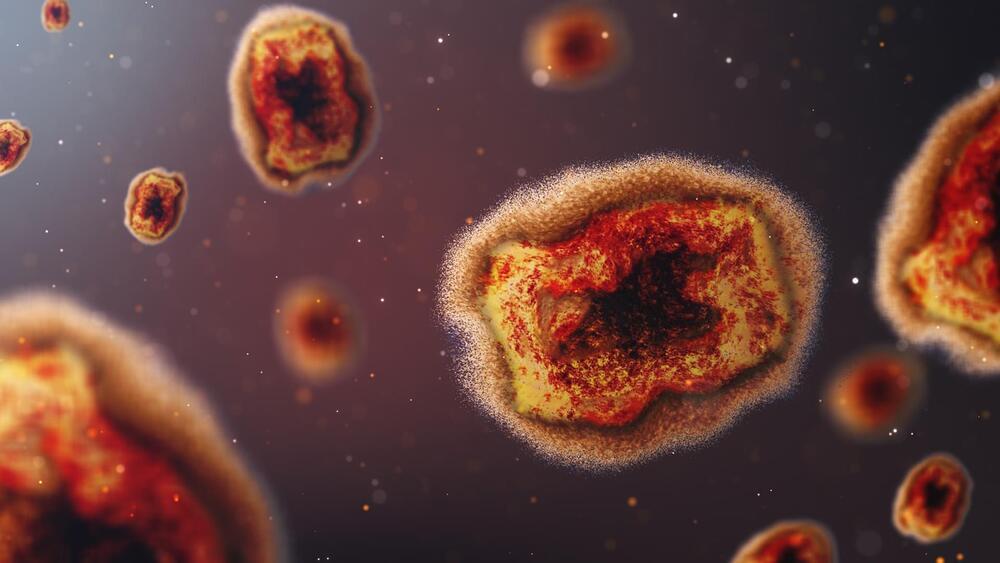
The research project was originally based on a new group of viruses that the study authors discovered in the water of the Gossenköllesee in Tyrol, Austria, in 2021.
During a comprehensive study of complex single-celled microbes, scientists from the University of Innsbruck’s Department of Ecology made a groundbreaking discovery. They discovered the DNA of more than 30,000 viruses that were previously unknown, integrated into the microbes’ genome.
The study revealed that some microbes contain a significant proportion of their DNA that is made up of hidden viruses, up to 10 percent.
Kontekbrothers/iStock.

Critics are not fully convinced though.
Earlier this month, the New York Police Department (NYPD) announced the induction of two robotic dogs into its force, a move that was opposed by rights activists citing surveillance concerns. Now an incident of a garage collapse where a robotic dog was used in search and rescue operations is being hailed by the City Mayor Eric Adams as justification for its use, The New York Times.
The robotic dogs inducted belong to Boston Dynamics, which Interesting Engineering has extensively covered over the years. Their robotic dog, dubbed Spot, has been designed for use in adverse situations and is equipped with abilities and sensors.